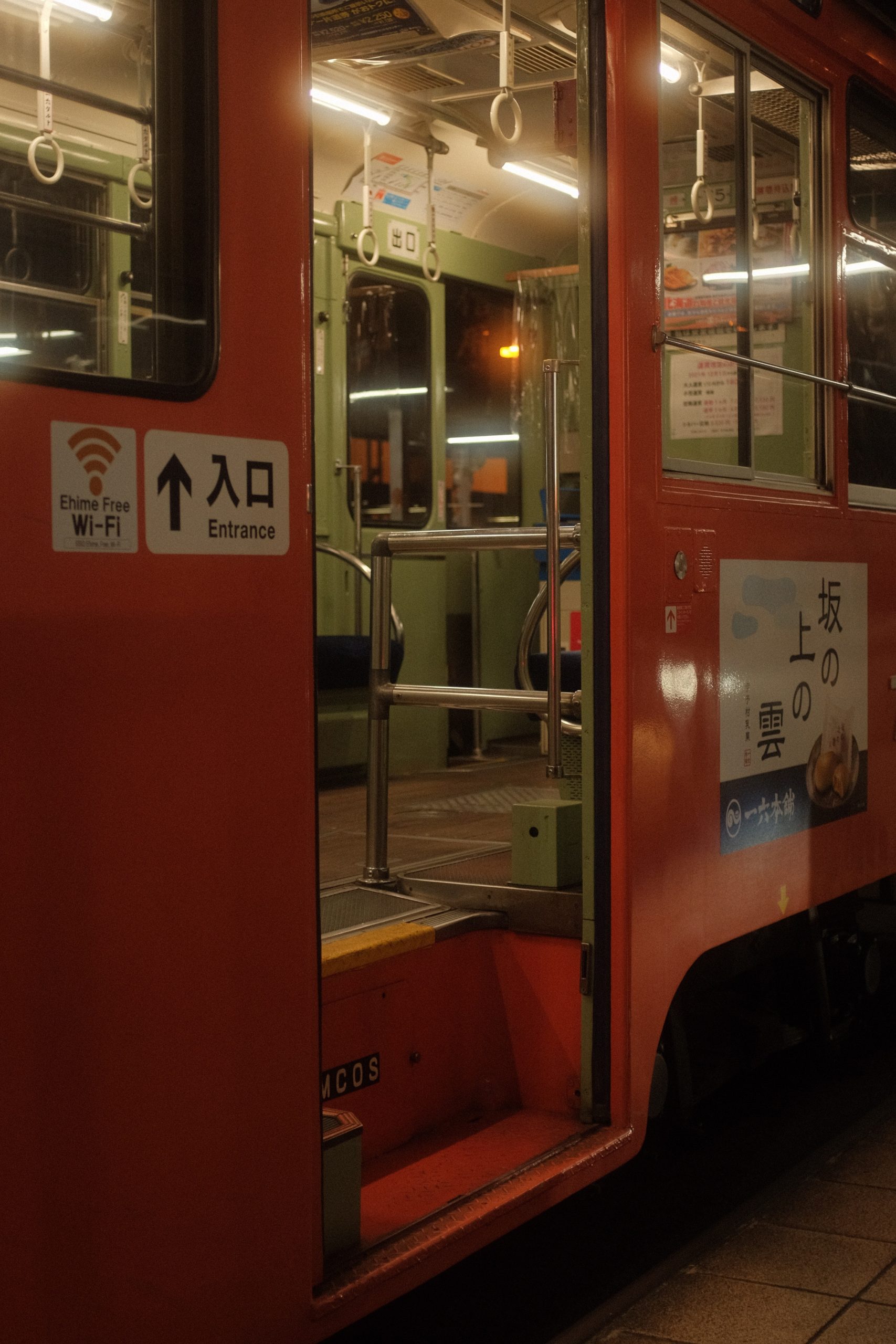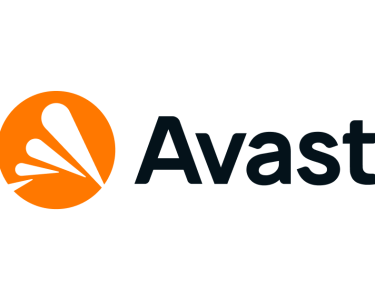In today’s fast-paced and connected world, public Wi-Fi has become a ubiquitous feature in many public spaces, such as airports, coffee shops, and libraries. It’s convenient to have free Wi-Fi available when you’re on the go, but using public Wi-Fi networks can come with significant security risks. In this article, we’ll explore why public Wi-Fi is a security risk and provide tips on how to protect your data when using public Wi-Fi.
What is Public Wi-Fi?
Public Wi-Fi is a network that is available to the public in a specific location, such as a coffee shop or airport. These networks are often free, but users are required to log in with a username and password or agree to terms and conditions before they can connect.
Why Public Wi-Fi is a Security Risk
- Unsecured networks: Public Wi-Fi networks are often unsecured, which means that any data transmitted over the network is not encrypted. This means that anyone on the same network could potentially intercept your data and gain access to your personal information.
- Man-in-the-middle attacks: A man-in-the-middle (MITM) attack is when a hacker intercepts communication between two parties and poses as one of them to gain access to sensitive information. This type of attack is common on public Wi-Fi networks.
- Fake Wi-Fi hotspots: Hackers can create fake Wi-Fi hotspots that look like legitimate public Wi-Fi networks. When users connect to these fake networks, the hackers can intercept their data and gain access to their personal information.
Tips for Protecting Your Data on Public Wi-Fi
- Use a VPN: A virtual private network (VPN) encrypts your internet connection and makes it more difficult for cybercriminals to intercept your data. VPNs can be especially useful when using public Wi-Fi networks.
- Avoid sensitive transactions: Avoid performing sensitive transactions, such as online banking or shopping, while on public Wi-Fi. If you need to perform these types of transactions, use a trusted cellular network or a personal hotspot.
- Use secure websites: When entering sensitive information like credit card details or social security numbers, make sure you are using a secure website. Look for the “https” in the URL and the lock icon in the address bar.
- Keep your software up to date: Keeping your software up to date with the latest security patches can help prevent cyber attacks. Cybercriminals often target outdated software and operating systems because they may have vulnerabilities that can be exploited.
- Turn off sharing: When you’re connected to a public Wi-Fi network, turn off file sharing and network discovery to prevent others on the network from accessing your files and data.
- Be aware of your surroundings: Be aware of your surroundings and avoid using public Wi-Fi in areas where others can easily see your screen.
In conclusion, public Wi-Fi networks are a convenient feature in many public spaces, but they come with significant security risks. By following these tips, you can protect your personal information and reduce the risk of cyber attacks and identity theft when using public Wi-Fi. Remember to always be cautious when using public Wi-Fi networks and take action immediately if you notice any suspicious activity. Protecting your data is essential, and by taking steps to secure your online identity, you are helping to protect yourself and others.




